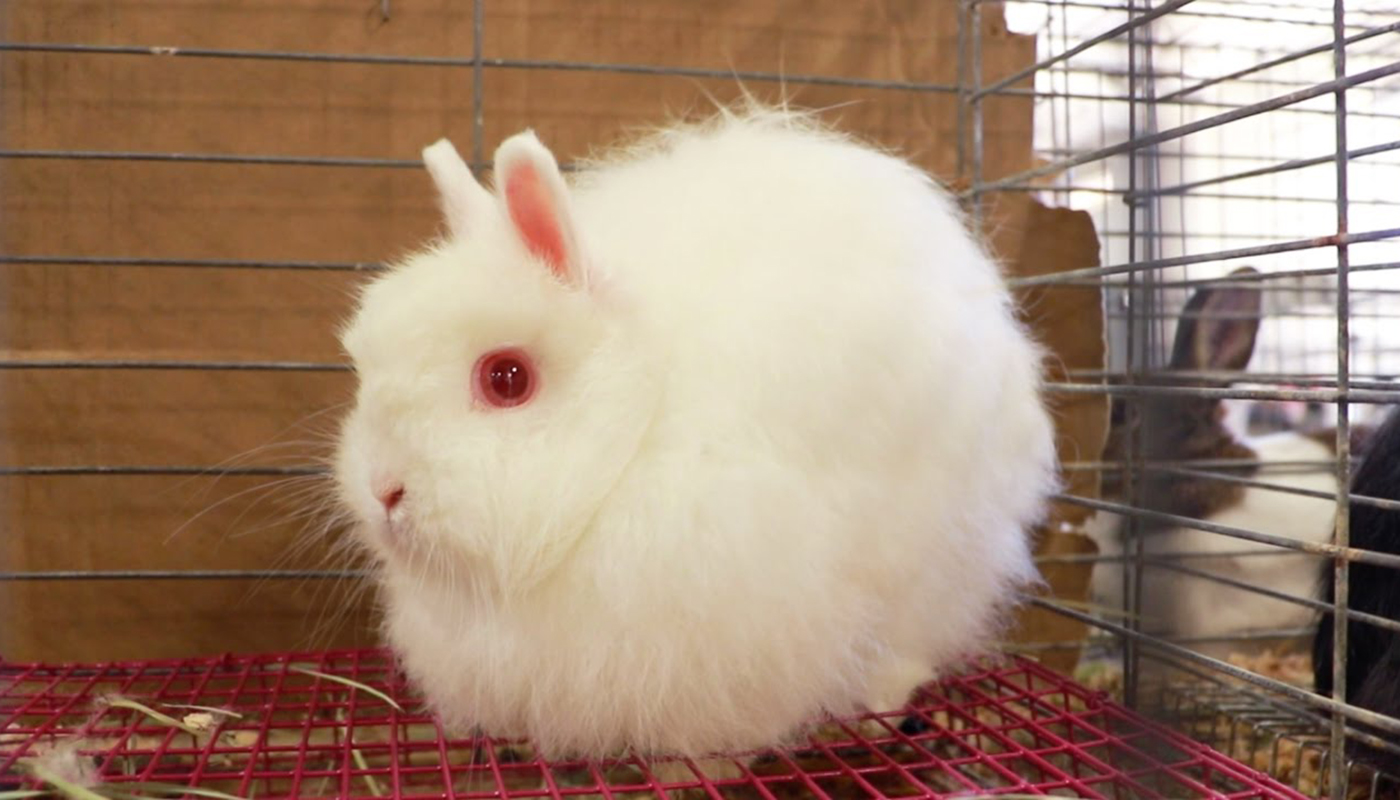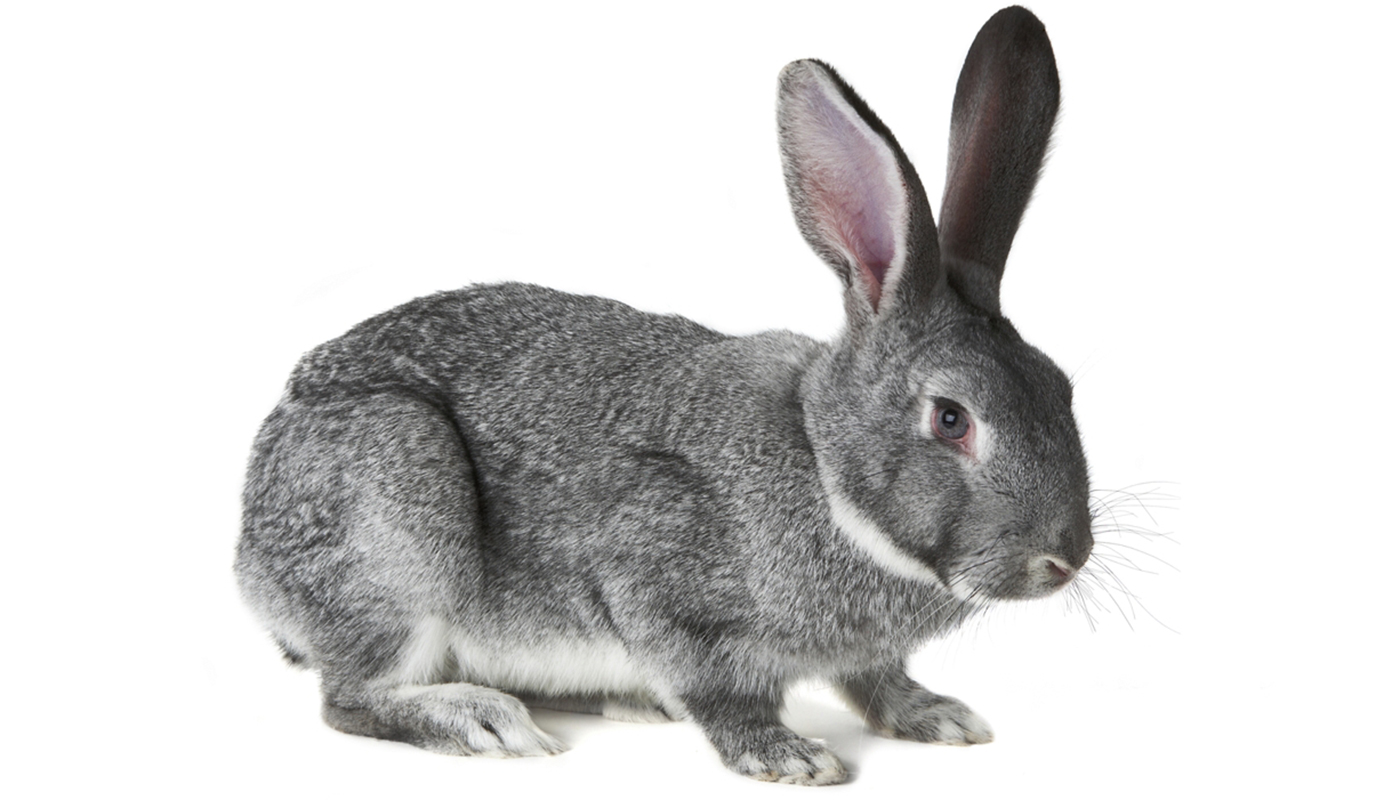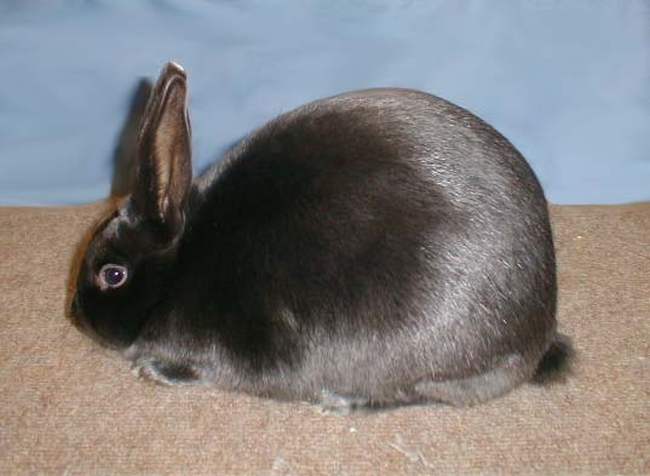
The Netherland Dwarf rabbit breed is a cute little rabbit with a sweet spritely nature. They are not too difficult to maintain and make excellent little house or apartment pets. They are not really suited for younger children though as they are quite small and get spooked quite easily.
They do make excellent show rabbit and are easy to train.
BREED PROFILE OVERVIEW
|
|
|---|---|
| Breed Name: | Netherlands Dwarf |
| Other Names: | None |
| Country of Origin: | Netherlands |
| Breed Purpose: | Exhibition and, pets |
| Breed Size: | Small |
| Breed Weight: |
Female/Doe: 1.1 to 2.5 lbs. Male/Buck: 1.1 to 2.5 lbs. |
| Breed Color(s): | Black, Blue, Ruby-eyed White, Blue-eyed White, Chocolate, Lilac, Red, Siamese Sable, Siamese Smoke, Seal Point, Blue Point, Chocolate Point, Tortoiseshell, Agouti, Red Agouti, Opal, Cinnamon, Lynx, Chinchilla, Squirrel, Tan, Marten Sable, Black Otter, Blue Otter, Fox, Lilac Otter, Orange, Fawn, Hotot, Himalayan, Harlequin, Magpie, Broken, Butterfly, Mantle and some more. |
| Physical Appearance: |
The Netherland Dwarf Rabbit has rather large eyes for its little head, with chubby cheeks and rounded face. They have small erect ears that are close together on their head.
They have a small commercial type body with medium length soft fur that does not require any special grooming attention other than a good weekly gentle combing. |
| Temperament: | They are a bit shy, skittish and can be temperamental but also sweet. |
BREED CHARACTERISTICS
- They have a decent sized litter and the females make very good mothers. Most rabbits have good maternal instincts and some breeds can be a bit testy and protective when they have young. They can also be uncharacteristically moody during mating season.
- Their young open their eyes around 7 to 14 days with an average of 10 days after birth. When their eyes have opened, they can start to be introduced to food such as alfa pellets and water.
- Even when the young start to eat it does not mean they are quite ready to be weaned from their mothers. The mothers will know when it is time to wean her young. It is important for the baby rabbit’s health, growth, immune system and development of a proper digestive system that they do not be removed from their mother for at least 8 weeks. They usually require her milk for a minimum of 8 weeks after birth.
- Their average lifespan is 10 to 12 years although there have been some breeds that have lived to 12 plus years with the proper care.
| Good Pets? | They are an indoor rabbit breed as they are one of the smaller of the rabbit breeds. They do make great pets for families with older children, singles, elderly and people who live in apartment buildings. |
| Child Friendly? | Children should be supervised around animals and properly taught how to look after them and handle them. Rabbits can bite and scratch |
| Ideal Climate: | All climates – rabbits should never be left outside without proper shelter and housing that must be raised off the ground and predator safe. |
| Conservation Status: | Not Listed by the *ALC Status/Rarity: They are not listed by the American Livestock Conservancy |
| Recognized by the ARBA? | Yes, they are accepted as a breed by the American Rabbit Breeders Association and there are many color varieties of the breed. |
| Rabbit Associations/Clubs: | American Netherland Dwarf Rabbit Club |
| Where to buy them? | For the Netherland Dwarf rabbit, it is best to find listed breeders by contacting the American Netherland Dwarf Rabbit Club The USA Rabbit Breeders Directory is a useful resource to find breeders, clubs, and information about the breed. |
| Note: *ALC stands for American Livestock Conservancy | |
GENERAL INFORMATION
For a slicker more glossy or shiny pelt, it is advisable to groom them every two to three weeks. During the molting season, it is advisable to groom rabbits every week to remove stray hairs.
Rabbits can be quite lively and energetic and need quite a bit of exercise and stimulation. It is a good idea to have a nice safe and secure run for them to play in and stretch their legs.
Toys, tubes and various obstacle courses for them is a good way to help them expend some of their energy and they are really fun to watch at play.
They are also sociable animals that do like to have a friend or two to play with.
Regular health and critter check once a week or every second week should become a habit. This will help to keep your rabbit(s) in excellent condition and health. Grooming does not require a lot if their coats are low maintenance. But it is a good idea to give them a nice gentle brushing to help remove any excess hairs regardless of the length of their coats.
It is also a good idea to check on the state of their teeth to ensure that they are not too long and causing the rabbit any discomfort.
Rabbits teeth never stop growing and getting fresh hay on a regular basis helps to control the growth of their teeth.
Rabbits need a good diet of quality pellets that are filled with their daily nutritional requirements. They do love dandelions, cabbage and various fruits as a nice tasty treat.
Rabbits that have quite a short coat are not really at risk for most of the digestive problems long fur seem to cause rabbits. They can still get other ailments such as flystrike, ear mites or overgrown teeth. These can all be controlled/maintained or avoided altogether with the proper health and grooming care of the rabbit(s).
If you have two rabbits and do not want to breed them it is possible to spay female rabbits and neuter male rabbits.
The females can be spayed as young as four months old, but vets prefer to wait until they are at least six months old before doing so.
The young males can be neutered as young as found months old.
Rabbits, just like any other pet, should be dewormed on a regular basis. Check with your local vet for proper guidance on the administering of worm medication to your animals.
HISTORY
The Netherlands Dwarf rabbit breed first appeared in the Netherlands in the early 20th century. After several generations of breeding crosses between small Polish Rabbit and that of small wild rabbits a small domestic rabbit was produced. This breed presented in a lot of different and interesting patterns and colors.
The little Netherland Dwarf rabbits were first sent to England in 1948 and the United States imported them in the 1960s and 1970s.
In 1969 the Netherland Dwarf Rabbit breed was accepted into the American Rabbit Breeders Association standards.
The very first instances of this small breed were quite aggressive, very nervous and did not have very acceptable natures for that of a pet or even for the show room.
They were said to behave more like their wilder ancestor lineage than that of their domesticated lineage side.
Selective breeding of the Netherland dwarf breed started to weed out the rabbits that had this aggressive and nervous temperament to finally end up with a breed that is acceptable as a pet. Today the breed exhibits a more gently, docile and friendly nature than it did when it was first presented as a breed.
Video
USEFUL LINKS
- American Rabbit Breeders Association
- Fur Commission USA
- North American Meat Institute
- American Livestock Conservancy
- Animal Shelter (ASPCA)
- American Veterinary Medical Association
- American Animal Welfare Society
- American Animal Control
- American Society of Animal Science
- United States Department of Agriculture
- United States Department of Agriculture – Rabbit Meat
 Jersey Wooly Rabbit – Everything You Need to Know
Jersey Wooly Rabbit – Everything You Need to Know Meet the Giant Polish Rabbit: A Marvel of Size and Polish Charm
Meet the Giant Polish Rabbit: A Marvel of Size and Polish Charm Giant Chinchilla Rabbit – Everything You Need to Know
Giant Chinchilla Rabbit – Everything You Need to Know Giant Spot Rabbit: A Hybrid Breed of English Spot x Flemish Giant
Giant Spot Rabbit: A Hybrid Breed of English Spot x Flemish Giant Chinchilla Angora: The Perfect Blend of Giant Chinchilla and Giant Angora Rabbits
Chinchilla Angora: The Perfect Blend of Giant Chinchilla and Giant Angora Rabbits 10 Best Meat Rabbit Breeds
10 Best Meat Rabbit Breeds Palomino Rabbit – Everything You Need to Know
Palomino Rabbit – Everything You Need to Know Rhinelander Rabbit – Everything You Need to Know
Rhinelander Rabbit – Everything You Need to Know American Rabbit – Everything You Need to Know
American Rabbit – Everything You Need to Know American Chinchilla Rabbit – Everything You Need to Know
American Chinchilla Rabbit – Everything You Need to Know Silver Giant: A Unique Crossbreed of Silver Fox and Flemish Giant Rabbits
Silver Giant: A Unique Crossbreed of Silver Fox and Flemish Giant Rabbits Satin Rabbit – Everything You Need to Know
Satin Rabbit – Everything You Need to Know